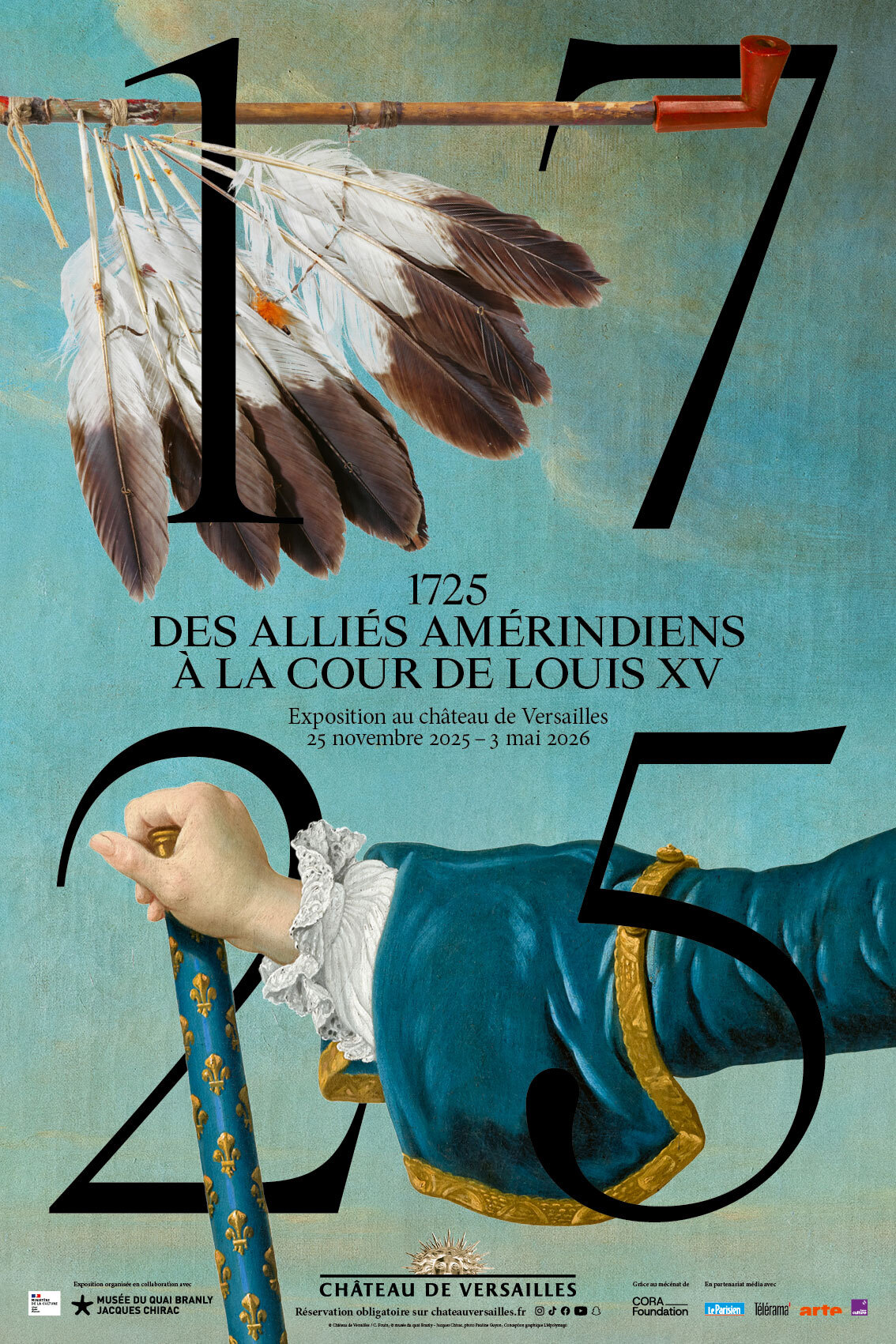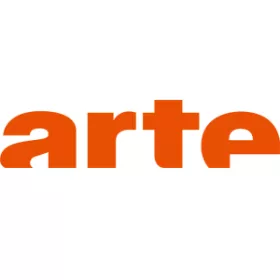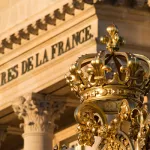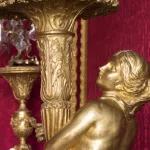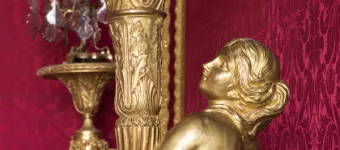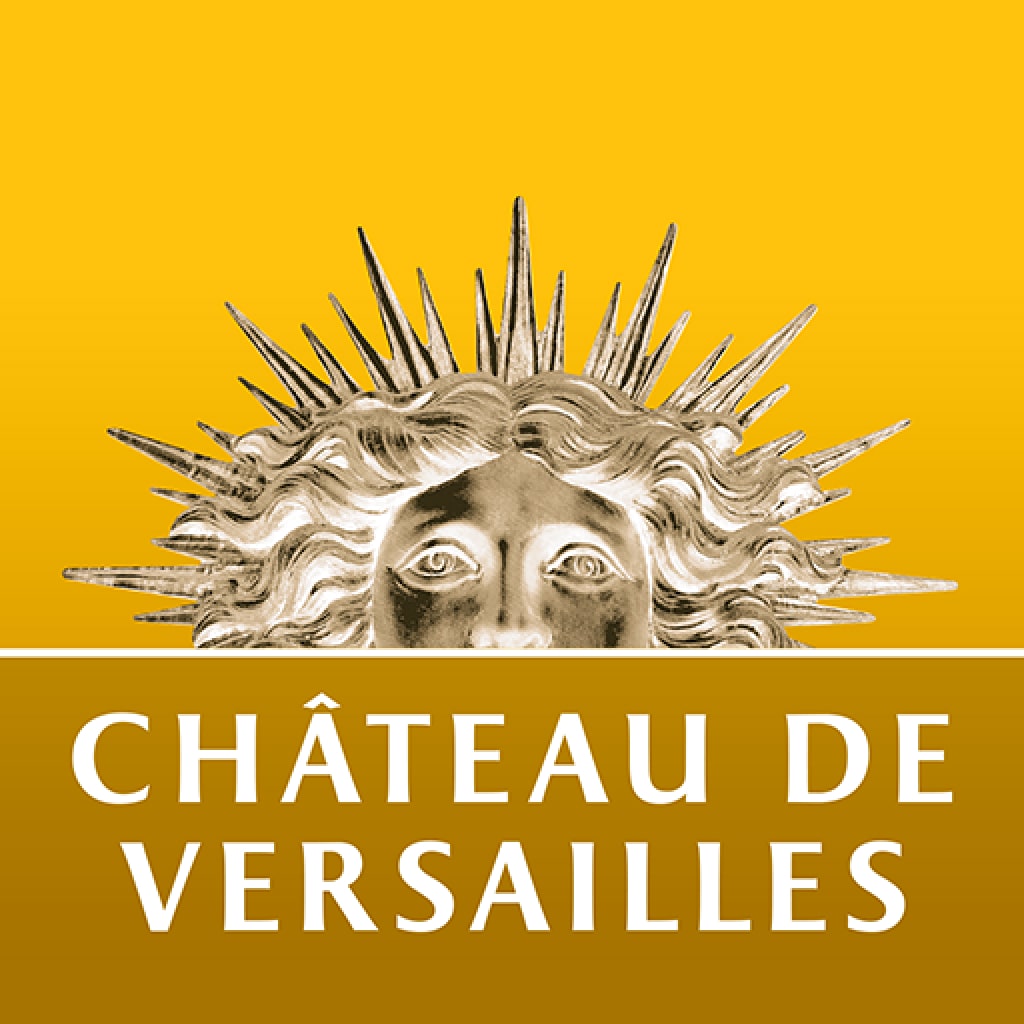The Palace of Versailles and the Musée du Quai Branly - Jacques Chirac are presenting a new exhibition devoted to the visit by Native American allies to the court of Versailles. In 1725, four Native American chiefs and a Native American woman from the Mississippi valley were received in France on a diplomatic mission and met Louis XV. The exhibition retraces this memorable encounter and explores the links between France and the Indigenous nations of North America in the 18th century.

From 25 November 2025 to 3 May 2026 1725. Native American allies at the court of Louis XV
The origins of an alliance
At the turn of the 18th century, the Mississippi valley was a space structured around powerful Native American societies. These nations were organised along hierarchical, war and spiritual lines, and chiefs’ prestige was demonstrated by objects of power such as feather headdresses, which are probably among the oldest in the world.
A contemporary map and old 18th-century maps show that these nations had already been associated with the French since the Great Peace of Montreal of 1701, a historic treaty which sealed the first diplomatic alliance. Indigenous peoples’ lifestyles followed the seasons, alternating between farming and hunting. Their connection with the living world was also spiritual and was mediated by their genuine social relationships with “other-than-human” beings such as thunderbirds, powerful spirits that were notably depicted on the hides presented to the French as diplomatic gifts.
a diplomatic trip
In 1724, the Company of the Indies, which oversaw trade between mainland European France and its colonies, made the unusual suggestion of inviting Indigenous chiefs to the court of Louis XV. Étienne Véniard de Bourgmont approached several nations: the Oto, Osage, Missouri, and Illinois. Precious diplomatic missives, some of which were translated by Jesuit missionaries such as Nicolas-Ignace de Beaubois, document their reply. Despite a shipwreck, which prevented some delegations from setting off, four chiefs and the daughter of a Missouri chief set sail in the spring of 1725, and were treated as genuine ambassadors from the moment they left.

Louis XV, king of France (1710 - 1774), after Jean-Baptiste Van Loo, oil on canvas, around 1721
© Château de Versailles, Dist. RMN © Jean-Marc Manaï
Their arrival in France marked the beginning of a diplomatic trip taking in Paris, Versailles and Fontainebleau. The Mercure de France followed their progress every step of the way: formal audiences, meetings with princes of the blood, and tours of royal residences. The most solemn moment occurred on 25 November 1725, when Louis XV granted the chiefs an audience: harangues and gestures dictated by protocol demonstrated their mutual respect.
This meeting left a lasting mark on French culture. Inspired by the dance performed by two chiefs on the stage at the Comédie italienne, Jean-Philippe Rameau composed the famous “Danse des Sauvages” for his opera Les Indes galantes. This reflects the cultural impact made by the delegation, which is not often highlighted today.
the exhibition
The establishment of the colony of Louisiana cemented the relationship between the French and their Indigenous allies. A cultural dialogue developed, giving rise to hybrid objects with both European and Native American elements: tomahawks decorated with fleurs de lys, necklaces made from imported beads, European knives in Indigenous sheaths. Richly-decorated peace pipes became symbols of this joint diplomacy.
During the trip, the delegation was invited to join a royal hunt. The guests took part in their own style, on foot and armed with bows. Exchanges of gifts – peace pipes, headdresses, bows, and gold medals – set the seal on this meeting. The exhibition presents these objects, accompanied by portraits of the principle figures, including a Native American from the Miami people which has never been displayed in France before. An alternative picture of these societies emerges from a series of works on special loan from the Musée du Quai Branly, which is at odds with colonial narratives.
At the end of the tour, there is an audio mediation with Native American members of the Scientific committee for the exhibition. They talk about the enduring memory of this alliance and the way in which it is reflected in current relationships between the French and their nations.
the curatorial team
Curators:
- Paz Núñez-Regueiro, national heritage curator, Musée du quai Branly - Jacques Chirac
- Bertrand Rondot, national heritage curator, Palace of Versailles
- Jonas Musco, historian, associate researcher on the CRoyAN project
The exhibition has been developed within the framework of the CRoyAN research project – Royal Collections of North America – coordinated by the Musée du quai Branly - Jacques Chirac, in dialogue with four Native American nations: the Choctaw Nation of Oklahoma, the Quapaw Nation, the Miami Tribe of Oklahoma and the Peoria Tribe of Indians of Oklahoma.
The exhibition is co-organised with the Musée du quai Branly-Jacques Chirac.
![]()
patrons
This exhibition has been developed with patronage from The CORA Foundation.

Partners
pratical informations
Dates: 25 November 2025 to 3 May 2026.
Opening hours: please consult the general opening hours, closed on Mondays and on 25 December and 1 January.
Venue: Dauphine’s apartment
Exhibition tie-in events
Schools workshop: philosophy workshop "Native American allies at the court of Louis XIV"
Upper primary school to high school
In the very heart of the exhibition “Native American allies at the court of Louis XIV", take part in interactive workshops designed to explore the basic principles which govern human relationships. How do you establish a relationship with someone? Why should we overcome prejudices, and how? With guidance from a philosopher, you will take part in discussions on contemporary ideas that reflect questions asked in the 18th century. This workshop will give you an opportunity to hone your critical thinking, stimulate your curiosity and develop your tolerance.
tickets
official palace app & audioguide
A tour guide and audioguide are available on the official palace app. We advise you to download the free mobile phone app before you arrive and open it to launch the exhibition tour in advance.
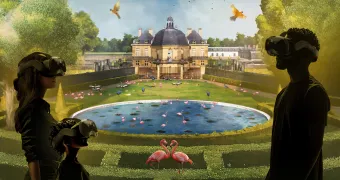
From March 25
Virtual Reality: The Sun King’s Lost Gardens
For the first time, the Palace of Versailles is opening its doors for an extraordinary virtual reality (VR) journey back in time! Immerse yourself in 1682 and join André Le Nôtre, Louis XIV’s gardener, on a special tour of specific groves of the gardens which are no existing anymore.

Plan my visit
guided tours
During guided tours, a speaker from the Palace invites you into lesser known locations otherwise closed to the visitors. You can also book online tours to discover the backstage of the Castle from your home!

Exhibition
The Grand Dauphin (1661-1711), Son of a king, father of a king, but never a king
The Palace of Versailles is presenting an exhibition devoted to the Grand Dauphin, Louis de France, the eldest child of Louis XIV. It traces the life of this often overlooked prince. As heir to the throne, he was the focal point of Bourbon dynastic ambitions, without ever reigning, but his education reflects the destiny which was his due.
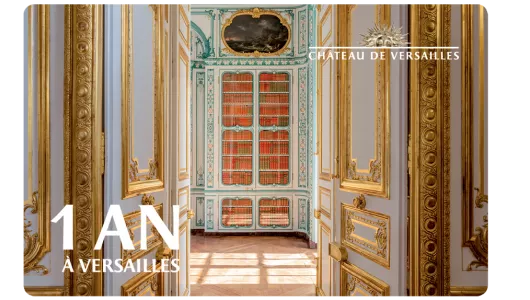
Are you a regular visitor?
The best of Versailles for subscribers! For a whole year, benefit from numerous advantages thanks to the SOLO or DUO cards, and unlimited ticket access from only 65€.
Choose your subscription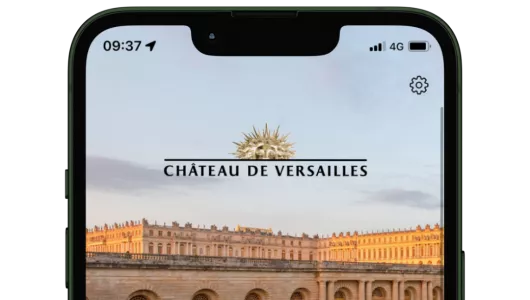
The official Palace of Versailles app
The free application of the Palace offers audio tours to accompany your visit to the Estate (Palace, Gardens, Trianon Estate, etc.) as well as an interactive map.
More information


